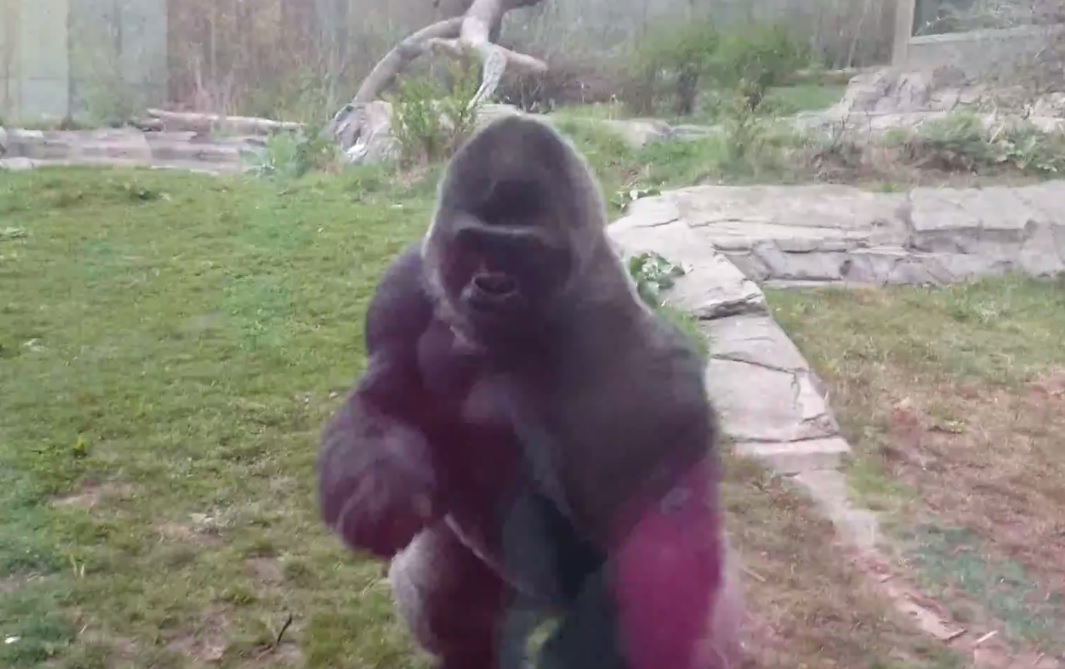

Evidence suggests that human odor can signal identity, quality, mood, and status,.

Nevertheless, research on human chemo-communication is growing despite their microsomatic label. Secondly, logistical difficulties involved in studying ape chemo-communication - particularly in wild environments involving unhabituated apes - have often prevented or dissuaded researchers from collecting appropriate data. Firstly, great apes are considered to be highly microsomatic since (a) relative olfactory brain size has decreased and olfactory receptor pseudogene numbers have increased over primate evolutionary history, and (b) great apes appear to lack a functional vomeronasal organ (VNO) implicated in the pheromone processing of other mammals. Two main factors have contributed to this controversy and dearth of information. Īlthough chemical cues are emerging as key mechanisms used in mammalian recognition, mate choice, resource defence, and competition, their influence on great ape sociality remains controversial and vastly unexplored. Olfactory communication is said to occur when a sender transmits a chemical signal whose properties affect the behavior or physiology of a receiver. The importance of olfaction to ape social communication may be especially pertinent in Central African forests where limited visibility may necessitate increased reliance on other senses.Ī growing body of evidence indicates that mammals, like social insects, use their sense of smell in subtle and intricate ways. Silverbacks appear to use odor as a modifiable form of communication where odor acts as a highly flexible, context dependent signaling mechanism to group members and extra-group units. Odor strength also varied according to the focal silverback's strategic responses during high intensity inter-unit interactions. Extreme silverback odor was predicted by the presence and intensity of inter-unit interactions, silverback anger, distress and long-calling auditory rates, and the absence of close proximity between the silverback and mother of the youngest infant. Measured through a human pungency scale, we determined the factors that predicted extreme levels of silverback odor for one wild western lowland gorilla ( Gorilla gorilla gorilla) group silverback.

If gorilla scent is used as a signaling mechanism instead of only a sign of arousal or stress, odor emission should be context specific and capable of variation as a function of the relationships between the emitter and perceiver(s). We present the first study of wild gorilla chemo-communication and the first analysis of olfactory signaling in relation to arousal levels and odor strength in wild apes. Apart from one study on wild chimpanzee sniffing, our understanding is limited to anecdotes. The use of odor cues in wild ape social communication has been only rarely explored. Despite mounting evidence for social chemo-signaling in humans, the extent to which it modulates behavior is debated and can benefit from comparative models of closely related hominoids. The chemical sense is the oldest sense and is shared by all organisms including bacteria. Mammals communicate socially through visual, auditory and chemical signals.


 0 kommentar(er)
0 kommentar(er)
